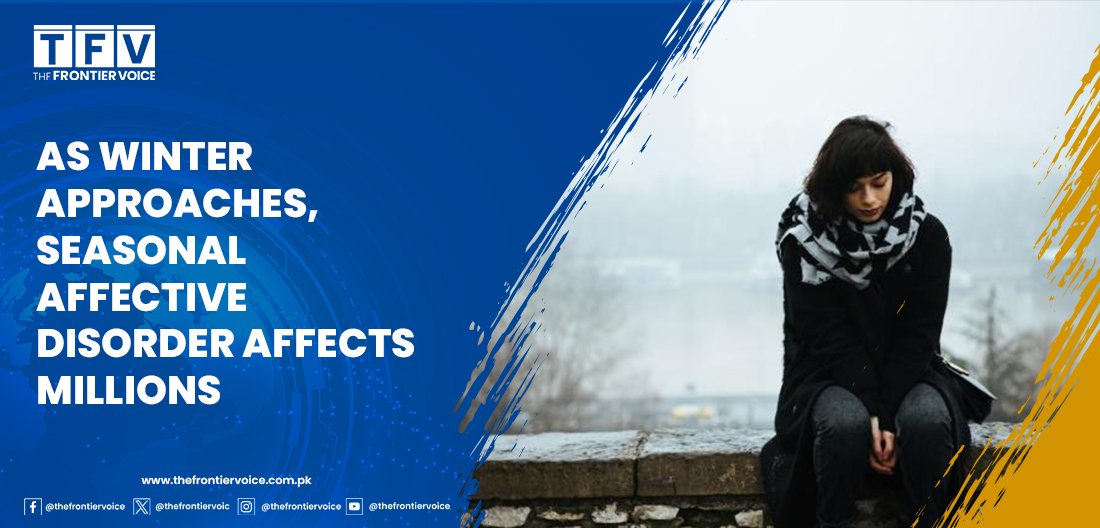HEALTH/LIFESTYLE
As Winter Approaches, Seasonal Affective Disorder Affects Millions

As winter draws near and daylight diminishes, millions are bracing for seasonal affective disorder (SAD), a condition that brings waves of depression during the colder months. Germaine Pataki, 63, from Saskatoon, Saskatchewan, encapsulates the struggle, stating, “It’s a feeling of panic, fear, anxiety, and dread all in one.”
SAD typically manifests in individuals during the fall, easing with the arrival of spring. For those affected, like Pataki, coping strategies such as yoga, walking, and antidepressant medications play a vital role in managing symptoms. Community support, such as joining Facebook groups for SAD, also offers a sense of purpose in navigating the challenges.
Research indicates that changes in light exposure significantly impact mood, with studies showing that individuals with SAD may be less sensitive to blue light, crucial for regulating alertness and happiness. This reduced sensitivity, combined with diminished sunlight in winter, may lead to the onset of depressive symptoms.
Experts suggest that light therapy can be a powerful treatment for SAD. Dr. Paul Desan from Yale University emphasizes the effectiveness of exposing patients to bright light, stating, “When we get patients on exposure to bright light for a half an hour or so every morning, the majority of patients get dramatically better. We don’t even need medications.”
Light therapy devices that emit brightness levels of about 10,000 lux are recommended for best results. The devices range in price from $70 to $400, but it’s essential to choose the right one, as not all products marketed for SAD provide adequate brightness.
